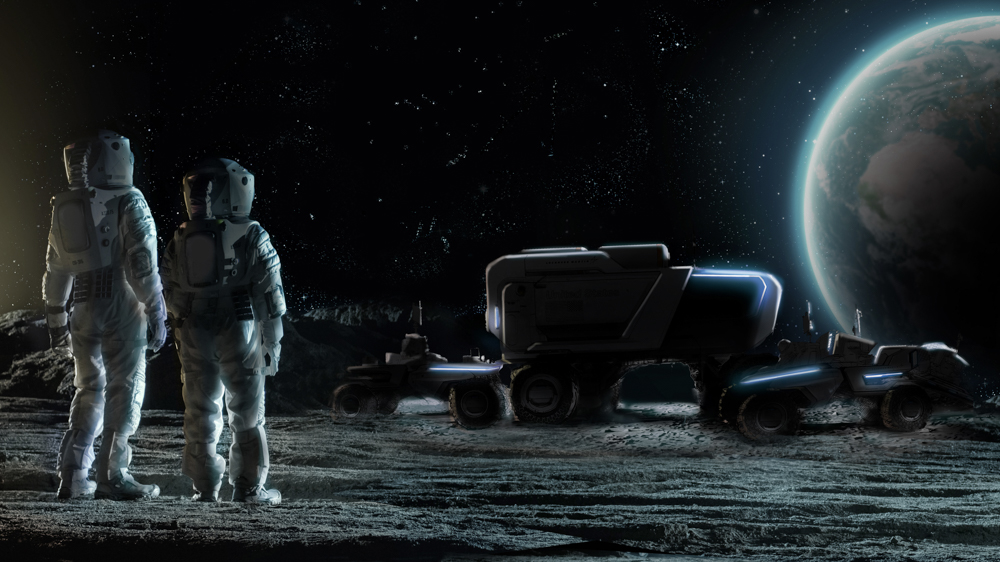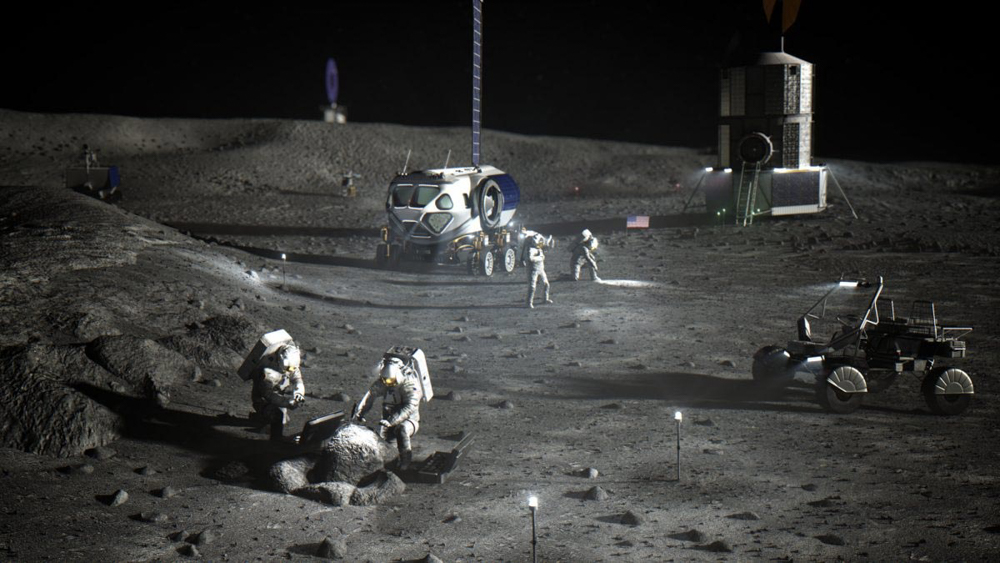
NASA’s Artemis program aims to bring humans back to the moon to do further studies about our planet’s natural satellite. But the heavenly body’s rugged terrain, two-week-long nights, and super cold temperatures pose a huge challenge to achieving that goal. The aerospace agency then looked for firms willing to take on the challenge of building a suitable lunar rover. General Motors and defense contractor Lockheed Martin have heeded that call and teamed up to develop the Lunar Terrain Vehicle (LTV).
Both companies have been reliable partners of NASA’s space programs before. For its part, Lockheed Martin has built spacecraft and other equipment deployed by the agency for deep-space exploration. On the other hand, GM codeveloped the Lunar Roving Vehicle used on the Apollo space program. By working together, the combined expertise of these firms can significantly accelerate NASA’s progress toward future manned moon missions.

The old moon buggies had a range of just 7.6km. For the LTV project, GM wants to use its BEV technology to develop a vehicle that can cover far greater distances. Another challenge is making such vehicle tough enough to explore the moon’s south pole, which is said to be darker, colder and more rugged.
Lockheed Martin’s specialty in building unmanned spacecraft will come in handy for the LTV’s proposed autonomous-driving capabilities. The rover can automatically position itself at a landing site long before the spacecraft touches down on the lunar surface, and can be set to perform scientific operations without the need for a driver.
This dynamic duo of America’s industrial powerhouses will combine their wealth of knowledge in their respective fields to create the most capable lunar vehicle ever. There is still a lot to learn about the moon, and NASA is keen on building a permanent manned base there to act as a jump-off point for deep-space missions.


0 Comments